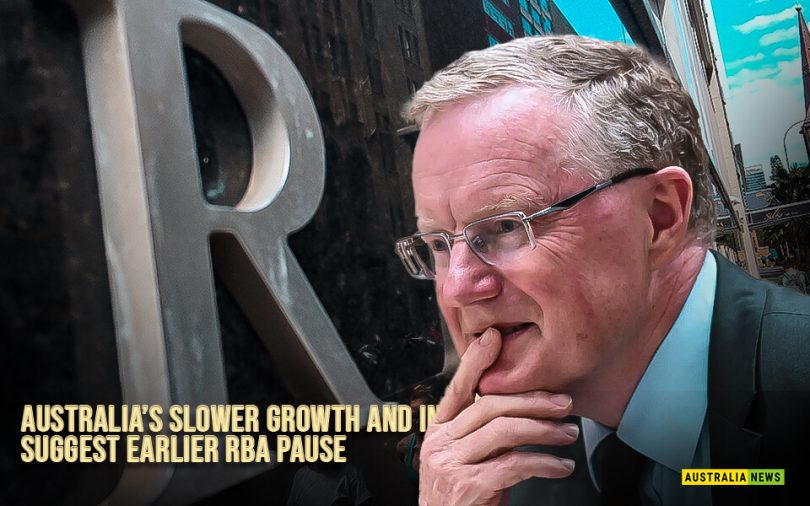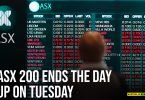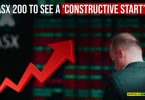Key points:
- The household savings ratio fell from 7.1% three months ago to 4.5%, the lowest level since September 2017,
- Homeownership transfer costs and non-dwelling construction were subtracted from GDP, as did inventories
- Trade added 1.1 percentage points to GDP growth
It is surprising that Australia’s economic growth is running at a slower pace due to inflation. It prompts the Reserve Bank to reconsider what it holds in terms of the future interest-rate increases.
The currency and government bond yields slid as gross domestic product advanced 0.5% in the final three months of 2022, well below estimates of a 0.8% gain, official data showed on Wednesday. From a year earlier, the economy expanded by 2.7%, down from the third quarter’s 5.9%.
The result came together with a separate report showing monthly inflation eased in January to 7.4%, versus a forecast of 8.1%, sending the currency to its lowest level in two months and three-year government bond yields down by 7 basis points to 3.53%.
“Today’s data to me looks quite soft,” Diana Mousina, a senior economist at AMP Capital Markets Ltd., said in an interview with Bloomberg Television. “So I think we’re getting close to that RBA pause, maybe one more rate hike in March, and then I think the risk is that the RBA will pause.”
The data together with an increase in unemployment and contained wages suggest that RBA’s most aggressive rigid cycle in a generation is now starting to pay dividends. While money markets and economists are expecting the central bank to hike further, it’s not under the same pressure as it was even just a month ago.
The RBA has hiked by 3.25 percentage points since May to take the cash rate to a 10-year high. While money markets scaled back bets slightly today, they’re still pricing a peak rate of 4.2% this year, from 3.35% now. That suggests at least three more quarter-point rate increases to come.
“It’s getting much more difficult to ‘look through’ the weakness as some kind of temporary blip or seasonal adjustment issue,” said John Bromhead, a strategist at Australia & New Zealand Banking Group Ltd. “The run of economic data through February warrants a fundamental reassessment of the Australian economic position.”
Both the RBA and Treasury expected consumer prices to peak late last year and for inflation to begin easing. The January CPI result supports that view.
“This is the inevitable consequence of global challenges, high inflation, and rising interest rates,” Treasurer Jim Chalmers told reporters after the release. “We knew that 2023 would be a challenging year for the economy, and we still expect that to be the case.”
While Chalmers faces multiple headwinds as he prepares a budget for early May, one bright spot has been elevated export prices that have brought a windfall to the fiscal coffers.
The treasurer has expressed confidence that Australia will dodge a recession and the RBA’s forecasts show GDP growth slowing to 1.5% at year’s end.
Wednesday’s report showed household spending rose just 0.3%, much slower than prior quarters, adding 0.2 percentage points to GDP growth. Consumption has been underpinned by more than A$200 billion ($135 billion) in savings Australians amassed during the pandemic.
- Published By Team Australia News








